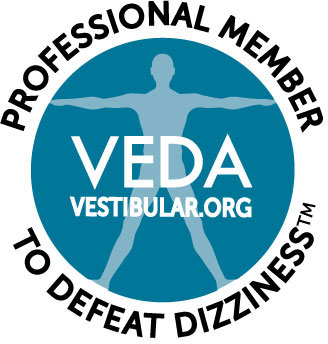As I was reading some questionnaire results today, I was struck by the number of people who report that they have sinus problems. Many folks have had numerous sinus procedures yet still complain of sinus pain, especially under and above the eyes. In these cases, it’s a good possibility that the pain is originating from the eyes rather than the sinuses.

What Causes Sinus Pain & Pressure?
In order to determine what may be causing your sinus pain, it’s important to first understand how the sinuses work. The sinuses themselves are just hollow pockets of air found behind your forehead, eyes, and cheekbones. Their function is to produce mucus, which helps keep your nasal cavity moist and traps pollutants, dust, and other allergens before they can make their way into your respiratory system.
Sometimes, however, the tissue in your nose can swell, whether due to a cold, allergies or some other environmental factor. When this happens, the sinuses become blocked, preventing mucus from draining and causing a backup. It is at this point that you can start feeling sinus pain and pressure. In addition to the previously mentioned causes, other culprits of sinus blockage and swelling include having a deviated nasal septum, an extra sinus or narrow sinuses.
When Sinus Pain Is Actually Eye Muscle Pain
If you are one of those who have been treated for a sinus condition but haven’t responded well –or at all – to the prescribed medications, what you thought was sinus pain may actually be caused by a binocular vision dysfunction known as vertical heterophoria (VH) that originates from a misalignment of the eyes. As the eye muscles constantly strive to correct this problem by realigning the eyes, an aching pain can arise from these strained, overworked muscles that can feel just like sinus pain and pressure.
A simple way to determine if your “sinus” pain is in fact from VH or some other binocular vision disorder is to perform the 5-minute cover test. First, rate your pain on a scale of zero to 10, zero being no pain and 10 being the worst you’ve ever felt. Then set a timer for five minutes and cover one eye; it doesn’t matter which one. When the five minutes are up, rate your pain again. If you feel significantly better after the five minutes with one eye covered, then you know it’s coming from your eyes!
Schedule an Examination Today
If the 5-minute cover test works for you, fill out our questionnaire or give the Neuro Visual Center of New York a call at (516) 224-4888 to learn more about eye strain treatment for your eye muscle pain.





